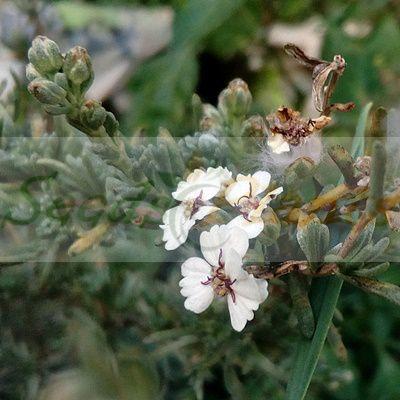🍒 Fruit Quick Facts
Fruit Info
- 🌍 Origin / Region: Central Africa, East Africa, Indian subcontinent, Southern Africa, Western Asia
- 🍽️ Culinary Use: Beverages/Teas, Raw Eating
- 🥗 Edible Part: Fruit, Leaf
- 😋 Flavor Profile: Bittersweet
Growth Traits
- 🌱 Life Cycle: Perennial
- 🌾 Plant Type: Tree
- 🔁 Fruiting Needs: Self-fertile
- 🪴 Growth Habit: Spreading, Upright
- 🌿 Foliage Type: Evergreen
- 📏 Mature Height: 5-10m
Growing Requirements
- 🌞 Sun Exposure: Full Sun, Shade
- 💧 Water Needs: Low Water, Water Deeply
- ☀️ Growing Conditions: Drought Tolerant, Frost Tolerant
- 🟤 Soil Preference: Gravel Soil, Loamy Soil, Poor Soil Tolerant, Sandy Soil, Well-Drained
Wild Olive – 5 Seeds
(Olea europaea ssp. africana)
R30.00
Wild Olive is regarded as a small-fruited subspecies of the commercial olive.
Common names: wild olive, olienhout (Afr.), mohlware (NSotho, SSotho), umnquma (Zulu, Xhosa, Swati), mutlhwari (Venda), motlhware (Tswana).
Indoor Sowing: Spring and Summer.
Direct Sowing: Summer.
In stock
🍒 Fruit Quick Facts
Fruit Info
- 🌍 Origin / Region: Central Africa, East Africa, Indian subcontinent, Southern Africa, Western Asia
- 🍽️ Culinary Use: Beverages/Teas, Raw Eating
- 🥗 Edible Part: Fruit, Leaf
- 😋 Flavor Profile: Bittersweet
Growth Traits
- 🌱 Life Cycle: Perennial
- 🌾 Plant Type: Tree
- 🔁 Fruiting Needs: Self-fertile
- 🪴 Growth Habit: Spreading, Upright
- 🌿 Foliage Type: Evergreen
- 📏 Mature Height: 5-10m
Growing Requirements
- 🌞 Sun Exposure: Full Sun, Shade
- 💧 Water Needs: Low Water, Water Deeply
- ☀️ Growing Conditions: Drought Tolerant, Frost Tolerant
- 🟤 Soil Preference: Gravel Soil, Loamy Soil, Poor Soil Tolerant, Sandy Soil, Well-Drained
Wild Olive (Olea europaea ssp. africana) is regarded as a small-fruited subspecies of the commercial olive. It is an evergreen tree with a dense spreading crown of glossy grey-green to dark-green foliage. It is frost, drought tolerant and can be grown in full sun or partial shade.
The tree produces sprays of tiny, lightly scented white to greenish flowers which are followed by small, spherical, thinly fleshy fruits which ripen purple-black. The fruits are popular with people, birds and animals alike. The leaves can be used as a substitute for tea and the tree also has medicinal uses.
Common names: wild olive, olienhout (Afr.), mohlware (NSotho, SSotho), umnquma (Zulu, Xhosa, Swati), mutlhwari (Venda), motlhware (Tswana)
Medicinal Uses
Traditional remedies prepared from this plant serve as eye lotions and tonics, lower blood pressure, improve kidney function and deal with sore throats. The early Cape settlers used the fruits to treat diarrhea.
Growing Wild Olive
Indoor Sowing: Spring and Summer.
Direct Sowing: Summer.
- Soak seeds in water for 24 hours before planting.
- Sow the seed in river sand.
- Place the container is a warm area and keep the soil moist.
- Seed germination in about 2 weeks, but can take longer.
Disclaimer
Medicinal Information:
All medicinal information on this website is for educational and informational purposes only and may not be construed as medical advice. The information is not intended to replace medical advice or treatment offered by healthcare professionals.
Seeds, Plants, Plant Cuttings, Geophytes and Dried Herbs:
In some countries and provinces, certain plants are deemed as invasive and are not allowed to be planted at all, whilst some plants are allowed to be grown only in certain areas or provinces. The onus is on you as the buyer to familiarize yourself with the regulations pertaining to your location, before purchasing any of our seeds, plants, plant cuttings, geophytes or dried herbs. We will not be held liable, should you purchase any seeds, plants, plant cuttings, geophytes or dried herbs. from us which are prohibited in your country or province.




















